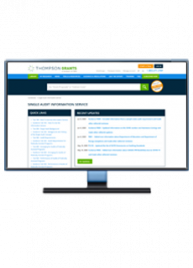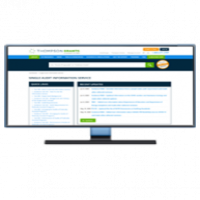Sneak Preview: Treasury Aims To Clarify SLFRF Recoupment Strategy

(The following was excerpted from a recent Thompson Grants Compliance Expert article.) The department of the Treasury is assessing ways to revise its Coronavirus State and Local Fiscal Recovery Fund (SLFRF) procedures to clarify the circumstances and timing in which it will seek to recoup funds for recipients that fail to submit required reports, in response to a recent Government Accountability Office (GAO) recommendation.
Established under the American Rescue Plan Act of 2021 (Pub. L. 117-2, SLFRF provided $350 billion to state and tribal governments, the District of Columbia, U.S. territories and more than 30,000 local governments to help cover a broad range of costs stemming from the health and economic effects of the COVID-19 pandemic. SLFRF recipients had until Dec. 31, 2024, to obligate their SLFRF awards and generally have until Dec. 31, 2026, to spend the funds.
Since 2022, Treasury has required recipients to submit project and expenditure (P&E) reports to provide information on how they used their awards, including descriptions of each project the recipient has undertaken, as well as the amounts obligated and spent across a range of allowable use categories established by Treasury. These reports are available on Treasury’s website to “provide transparency about how recipients are using SLFRF resources.”
To assist recipients with meeting their reporting requirements, Treasury has issued its Compliance and Reporting Guidance, which details when recipients are to submit P&E reports and the information they are required to include in the reports, as well as other user guides with more detailed reporting instructions.
Treasury requires that recipients submit P&E reports quarterly or annually, depending on the type of recipient and the award size. Quarterly reporting is required for (1) states, metropolitan areas and counties with more than 250,000 residents or those that were allocated more than $10 million in SLFRF funds; and (2) non-entitlement units of local government (NEUs) (i.e., smaller local governments typically serving populations of less than 50,000) that were allocated more than $10 million in SLFRF funds. Annual reporting is required for (1) metropolitan cities and counties with fewer than 250,000 residents that were allocated less than $10 million in SLFRF funds, and (2) NEUs that were allocated less than $10 million in SLFRF funds. P&E reports must be submitted to Treasury’s SLFRF reporting portal.
(The full version of this story has now been made available to all for a limited time here.)
Join us for our following Thompson Grants event:
2025 Federal Grants Forum: State and Local | Sept. 16-17, 2025 | Virtual Event



